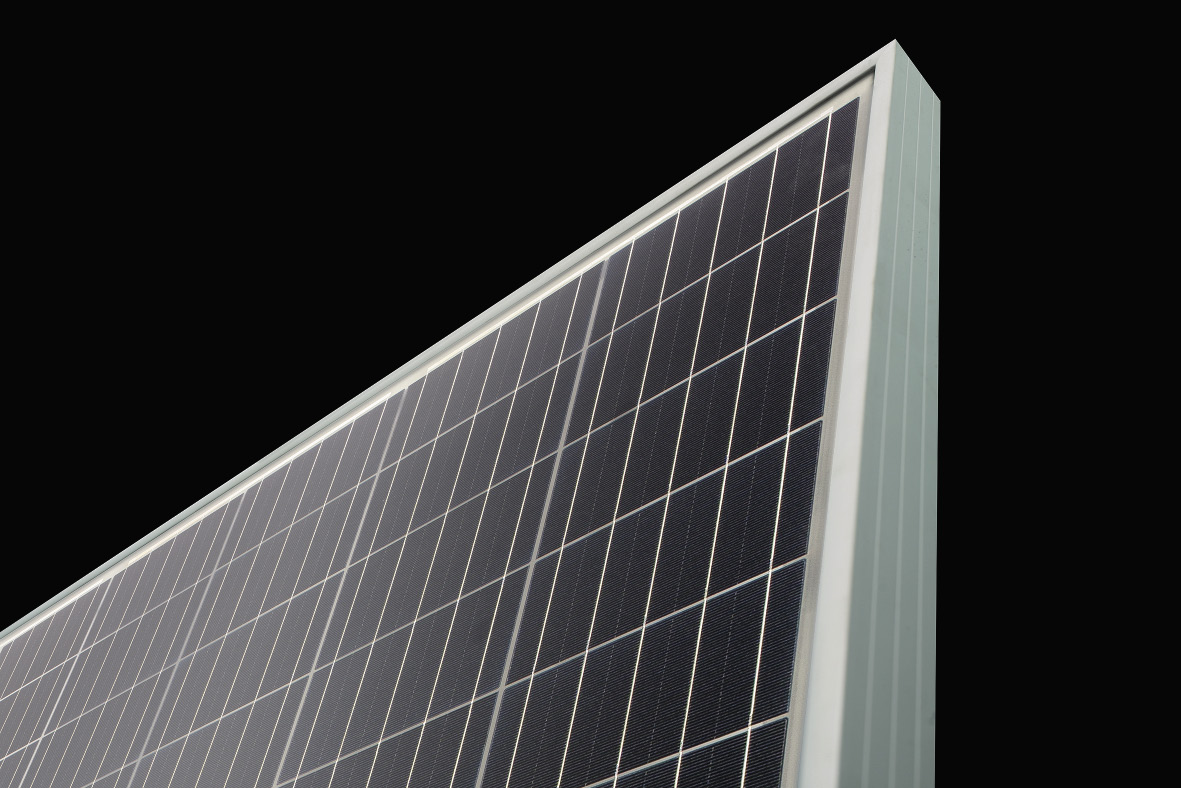With Longi Solar having called for its 166mm² M6 wafer to become the industry standard in the new generation of solar modules worldwide, a spokeswoman for Jinko Solar has joined the chorus of voices predicting the demise of single-sided panels for large scale PV projects.
With Jinko in attendance at this year’s Intersolar South America trade show in São Paulo, Brazil, Dany Qian, global VP for the manufacturer, told pv magazine in a statement: “We may soon say goodbye to monofacial.”
Qian claimed the increased output from bifacial panels – including her employer’s Swan series modules – already outweighs concern over higher upfront costs and increased panel weight with many solar project developers. And the vice president claimed developers of more than 30% of the global project pipeline planned with monofacial panels are considering switching to bifacial.
“Some developers might soon be moving to bifacial completely,” said Qian, adding: “The transition will accelerate when the cost gap is minimized.”
Price gap closing
That price difference is already narrowing and will eventually see bifacial compete on level terms as double-sided products are rolled out at scale, said Qian.
“As bifacial technology establishes itself in the market, costs are likely to fall further to be competitive to monofacial, which will have significant impacts on the financial models,” she said. “It is not a future vision, it is the reality … Moreover, rather than a revolutionary technology, bifacial generation is an incremental improvement with proved technology, it needs much shorter time to accumulate enough data for modelling validation and bankability metrics.”
The Jinko Solar representative said land availability is another factor driving the swift adoption of bifacial products, which were given a boost in the U.S. recently when they were exempted from the Section 201 trade tariffs imposed on Far Eastern-made solar products by President Trump.
“The solar PV industry is still working to deploy monofacial, particularly in the countries with massive land space,” Qian told pv magazine. “But many are looking beyond mono facial into the [bifacial] future.”
While the technology shift may not consign single-sided panels to history entirely, they will be used in niche applications, chiefly those where the rear side of panels is fully shaded, said Qian.
“Over a period of time bifacial will purely serve the utility market while monofacial will continue to be available for residential rooftops,” added the Jinko Solar rep.
Calvin Chong contributed to this article.
This content is protected by copyright and may not be reused. If you want to cooperate with us and would like to reuse some of our content, please contact: editors@pv-magazine.com.









By submitting this form you agree to pv magazine using your data for the purposes of publishing your comment.
Your personal data will only be disclosed or otherwise transmitted to third parties for the purposes of spam filtering or if this is necessary for technical maintenance of the website. Any other transfer to third parties will not take place unless this is justified on the basis of applicable data protection regulations or if pv magazine is legally obliged to do so.
You may revoke this consent at any time with effect for the future, in which case your personal data will be deleted immediately. Otherwise, your data will be deleted if pv magazine has processed your request or the purpose of data storage is fulfilled.
Further information on data privacy can be found in our Data Protection Policy.